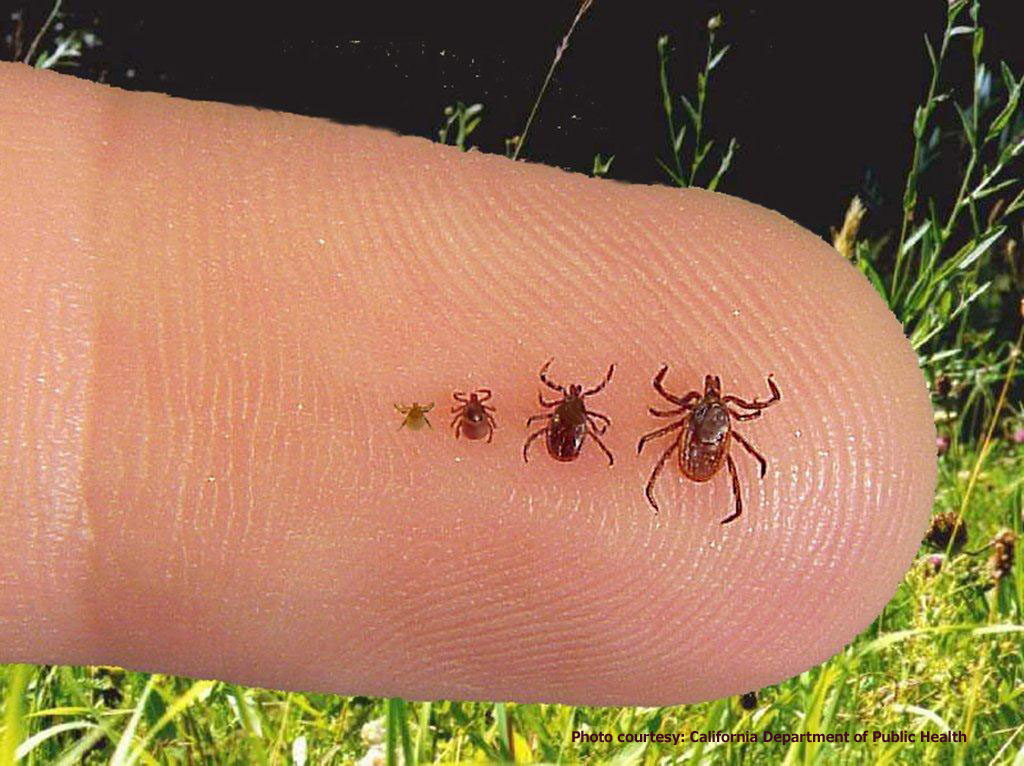
Ebola. Hantavirus. Lyme disease. What do they have in common? Like most emerging infectious diseases, they originated in mammals. So many debilitating pathogens make the jump from wildlife and livestock to humans, yet at the global scale little is known about where people are most at risk of outbreaks.
In an attempt to help forecast which mammals make the riskiest neighbors and where people are most likely to come into contact with them, researchers at the Cary Institute of Ecosystem Studies and the University of Georgia have assembled world maps that reflect global patterns of mammal-to-human pathogen transmission.
Maps were created using exhaustive data sets on all 27 orders of land-dwelling mammals, including rabid bats, camels carrying Middle East respiratory syndrome, hooved relatives of livestock that pass on food-borne diseases, and more than 2,000 rodent species. The maps reveal understudied patterns that can ultimately inform outbreak surveillance.
Among their insights: More than 10% of rodent species are zoonotic hosts, with 244 species carrying 85 unique diseases. While there are fewer primates species overall, a greater proportion – some 21% – are disease hosts.
Barbara Han is a disease ecologist at the Cary Institute of Ecosystem Studies and lead author on the paper.
“We found that areas with high levels of mammal host biodiversity, such as the tropics, weren’t necessarily disease hotspots. The less bio-diverse temperate regions had more zoonotic diseases, possibly because diseases here occur in multiple different mammal hosts that may also live in closer proximity to people.”
The work is part of a broader effort to develop forecasting tools that will help us better predict and contain spillover transmission to people.
**********
Web Links
Global Patterns of Zoonotic Disease in Mammals
Photo, posted May 14, 2012, courtesy of Fairfax County via Flickr.
‘Mapping Emerging Infectious Diseases’ from Earth Wise is a production of WAMC Northeast Public Radio, with script contribution from the Cary Institute of Ecosystem Studies.